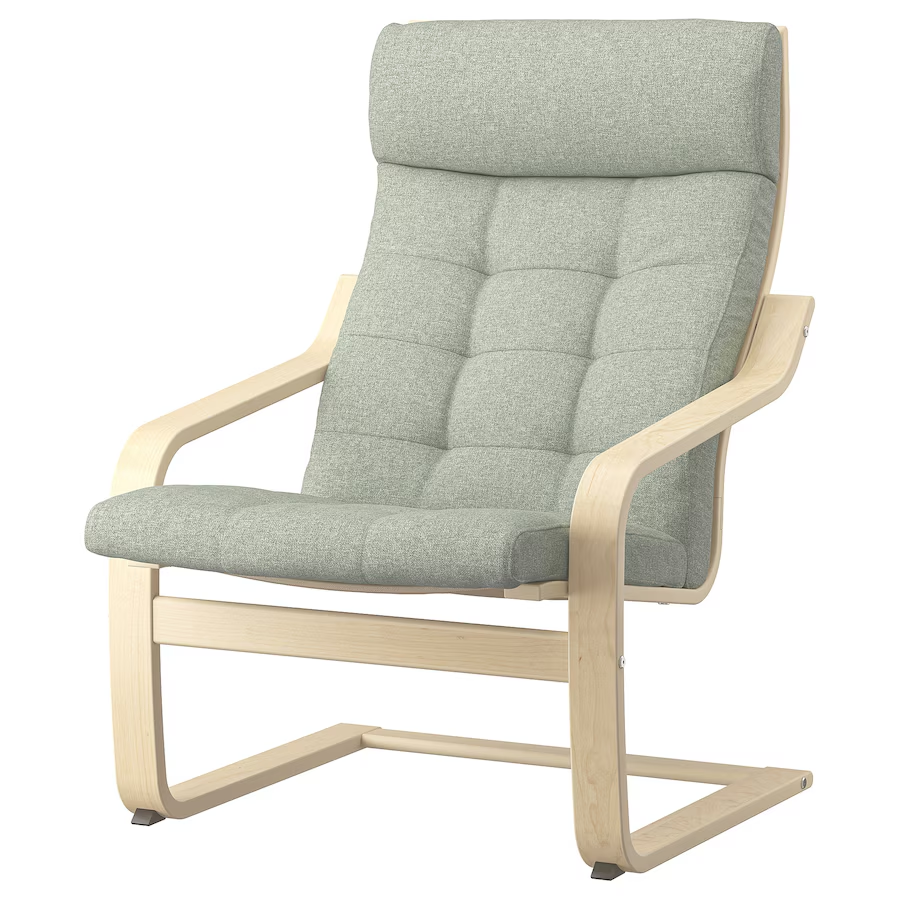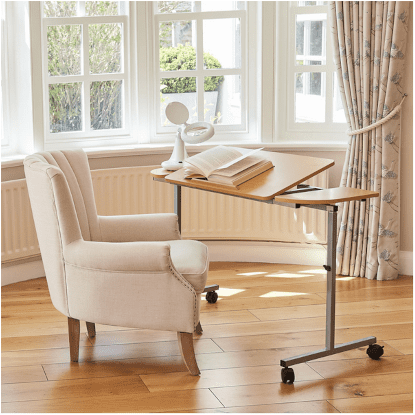
How Does Our Posture Affect Our Health and Work?
Posture is extremely important. Did you know that humans spend around 50% of their lives lying down, mostly in a sleeping position? This reminds us of the importance of having a good mattress.
If we try to imagine the total time we spend sitting in our lives, it’s also a significant amount.
The way we sit greatly influences our body. A bad posture or poorly designed chair can misalign the spine, impacting everything—from our lungs and breathing to our digestive system and general well-being.
As Yoga Masters (Yogis) often remind us:
“Our posture can deeply influence our mindset.”
Back pain caused by constant tension may stem from many things, but poor posture is often one of them.
When we’re stressed, we tend to hunch forward—almost like we’re crossing a finish line in a sprint.
This reflects in our body language, which speaks even when we don’t say a word. When we’re stressed, others often feel it too. That energy can become contagious, reducing trust and increasing toxicity in work or social environments.
As we sometimes say:
“We all have bad sit.”
How to Reduce Stress Through Better Sitting Habits
You can do both voluntary and involuntary things to manage stress.
When you feel tension rising, you can either intentionally shift into a relaxed posture, or you can prevent stress by maintaining a comfortable and ergonomic setup throughout your day.
Choosing a Good Chair for Your Body
The chair you use matters. A good chair should support your entire back and neck, keeping your body relaxed and stable.
Since the brain is one of the heaviest organs, not supporting your head can put unnecessary strain on your neck and spine.
A “good chair,” one that’s both comfortable and sustainable, doesn’t have to be expensive. You can find excellent options online; For example, on the IKEA website (Link). Look for chairs with a high back that supports your head and neck.

If you work from home, make sure your desk is compatible with your chair setup.
Selecting the Right Desk:
A good desk allows you to Read, Write, and Work on your Computer efficiently. One example is the NRS Adjustable Over bed Table (Link).
(Tip: Try to find a supplier close to your location to reduce transport and environmental impact.)

This particular table might be slightly too tall for an IKEA chair, but with some basic adjustments (e.g., cutting the metal legs slightly with assistance), it can be made to fit. Ideally, the arms should sit slightly above the desk level to avoid Carpal Tunnel Syndrome.
This setup allows for both sitting and standing work, which keeps you active and reduces fatigue.
Doctors often recommend not sitting continuously for long hours to promote better circulation and focus.
Why It’s Important to Stay Relaxed and Mindful While Sitting:
Most people underestimate the importance of staying relaxed at work; Even though it affects both productivity and mental health.
Mindfulness literature often explains the principle of our two “hearts”:
- The Logical heart (our rational mind)
- The Emotional heart (our emotional responses)
When we’re stressed, the emotional heart tends to dominate, making it difficult to stay objective or detached.
By staying calm, we allow our emotional and logical systems to balance out, helping us stay grounded and focused.
Mindfulness teachers explain that practising Meditation or simply staying Aware throughout the day helps rebuild emotional balance like rebuilding a house, brick by brick, starting with the foundation.
Importantly, mindfulness doesn’t eliminate emotion. On the contrary, it helps us navigate our emotions more effectively.
It allows us to say “yes” or “no” more consciously and confidently, while still maintaining openness and empathy.
Benefits of Staying Mindful and Relaxed at Work:
- Reduces stress and prevents burnout
- Improves logical thinking and focus
- Enhances memory
- Improves relationships with colleagues
- Creates a virtuous cycle of well-being and collaboration
If we try ourselves to relax, even in front of a computer, we’re less likely to feel tension or stress.
Think of it like lying in bed if you fall asleep too easily at your desk, maybe you just didn’t get enough sleep the night before (A separate issue!).
Simple Tips for Improving Posture and Reducing Stress:
- Use a Supportive chair and desk that align with your body.
- Consider using a Blue light filter on your computer to reduce eye strain. (Link)
- Take a Break every 2 hours to stretch, breathe, and hydrate.
- Remember to Drink water regularly; It keeps your brain alert and may even give you a reason to stand up and move.
- Keep your Posture upright and relaxed, not slouched forward like a sprinter at the finish line.



Conclusion:
Creating a stress-free, ergonomic workspace isn’t just about Comfort; It’s about creating an environment where you can Focus, Thrive, and Connect better with others.
The better you take care of your posture, the more energy you preserve to stay Creative, Logical, and Emotionally Balanced.
When we’re less stressed, we:
- Build Stronger Relationships
- Communicate better
- Make Better Decisions
- Stay Focused and Present in our work
So, make the Small Adjustments today; Your spine, your mind, and your emotional well-being will thank you.

Comments are closed